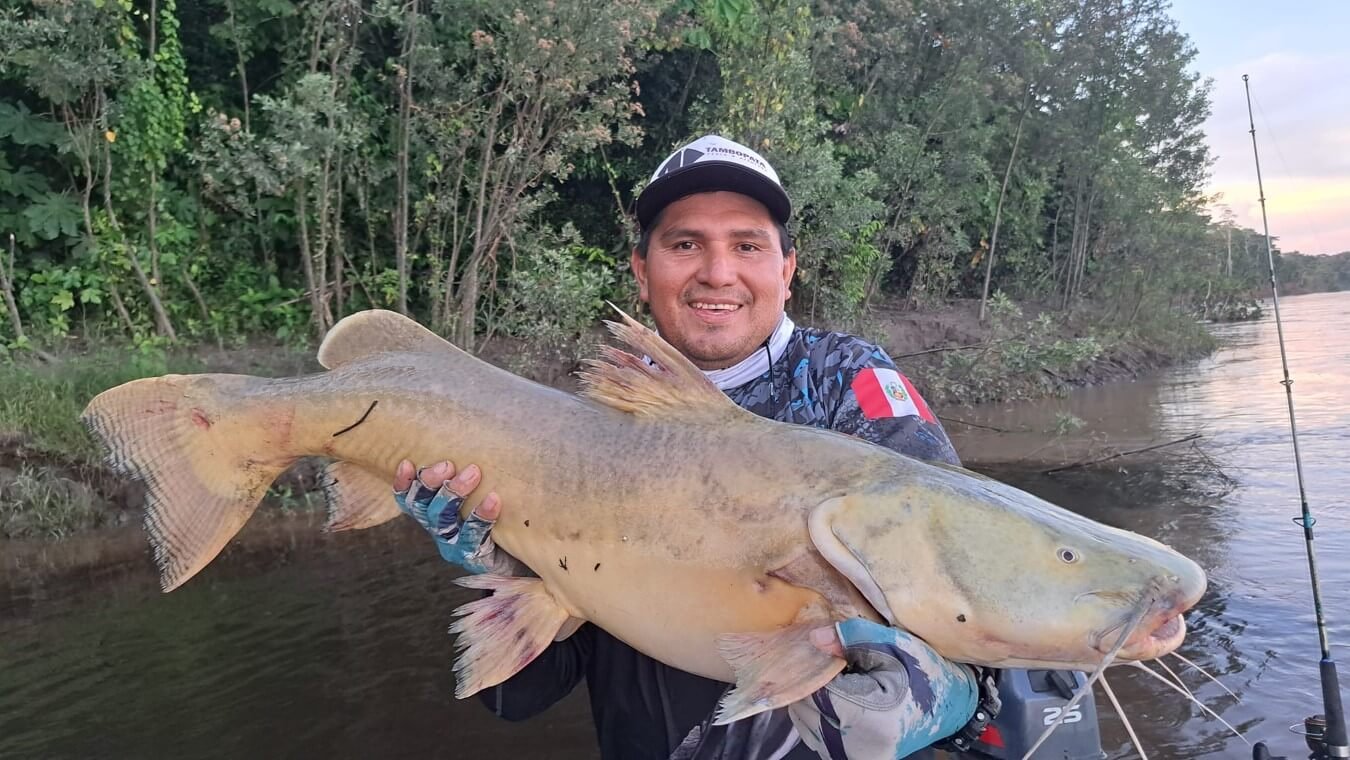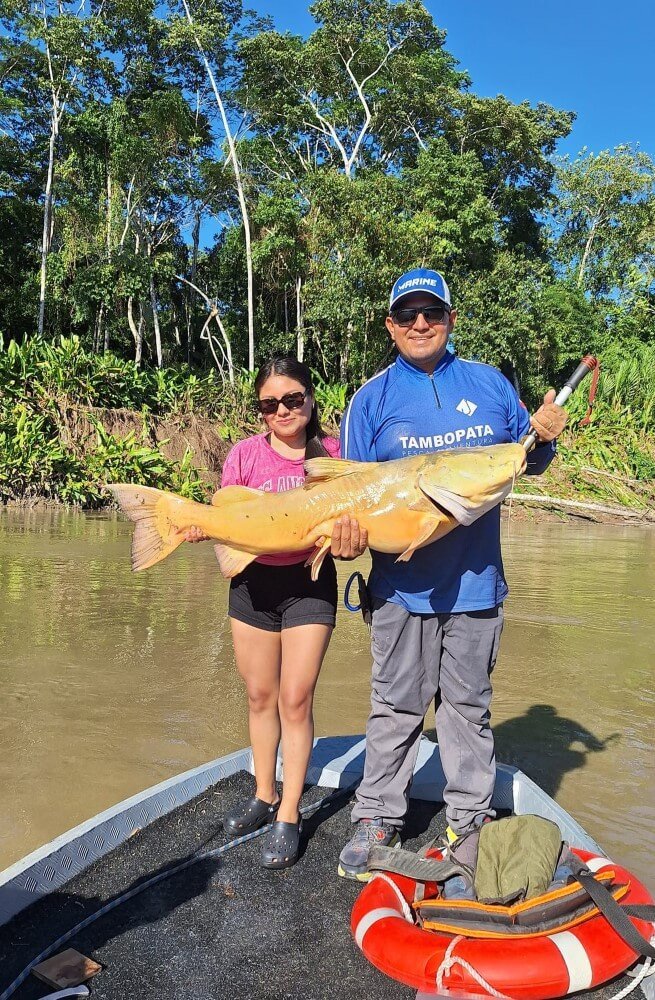The Piracema season in the Pantanal is a fascinating natural phenomenon. It not only highlights the biological richness of the ecosystem but also underscores the need for conservation and proper management of natural resources. In this article, we will explore what Piracema is, why it is crucial for the Pantanal’s biodiversity, and how government regulations help protect this valuable ecological process.
What is Piracema in the Pantanal?
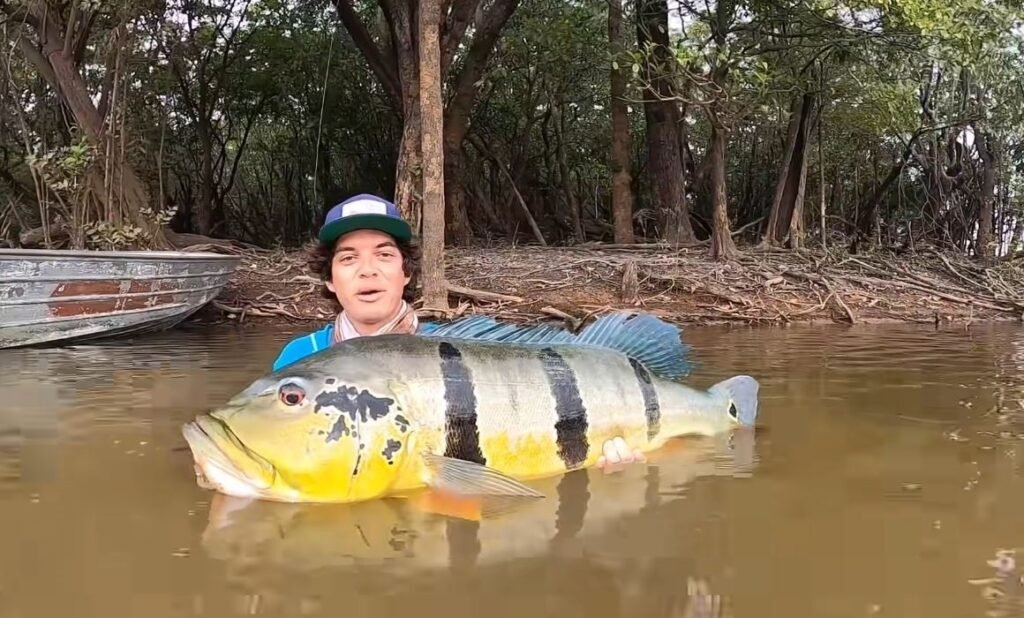
Piracema is the period of reproductive migration of fish in a vast wetland region in Brazil. During this season, fish swim upstream to spawn in freshwater areas with optimal conditions for the development of their offspring.
Period of Piracema
In the Pantanal, Piracema occurs annually from October to February. During these months, sport and commercial fishing are prohibited to protect the species during their breeding phase.
The Ecological Importance of Piracema
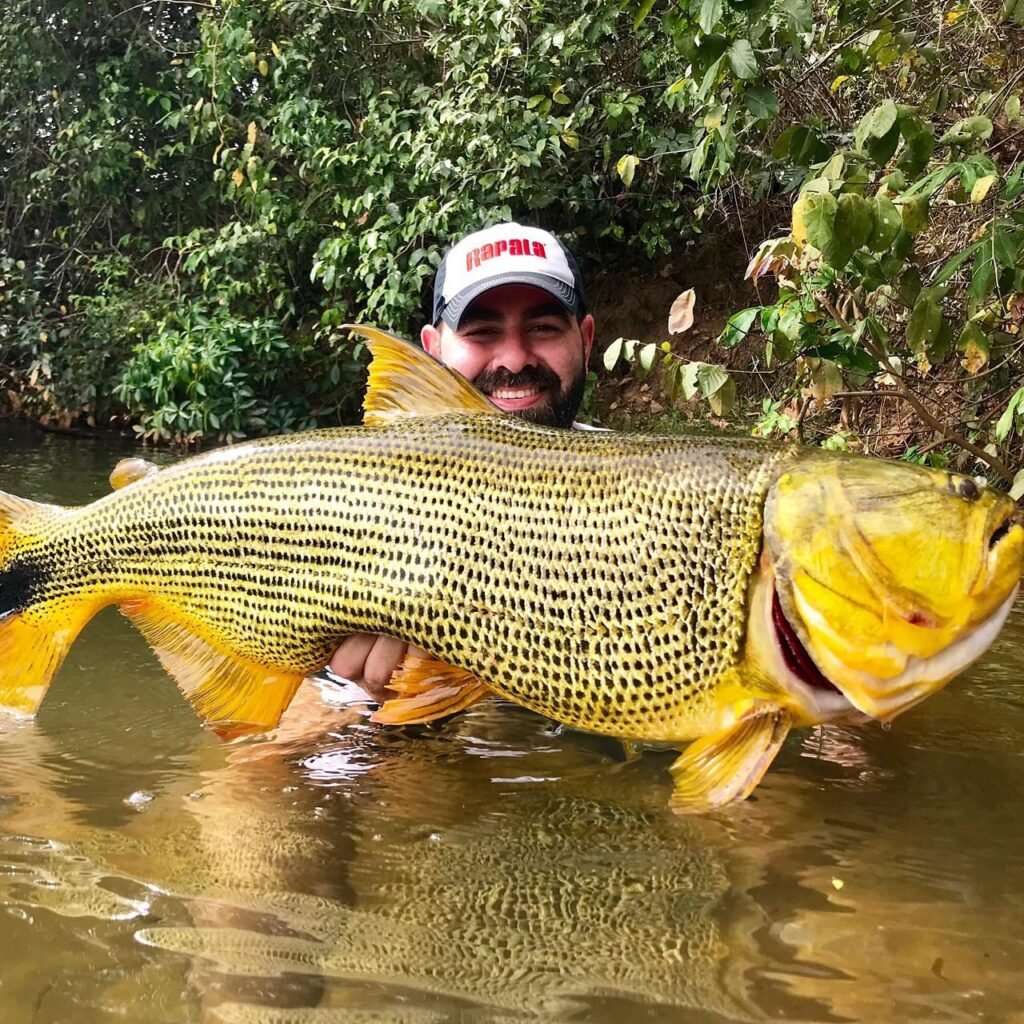
Conservation of Fish Species
Piracema is vital for the conservation of many fish species in the Pantanal, such as dorado, pacu, and catfish. This period allows fish to reproduce in large quantities, ensuring the renewal of their populations and maintaining the ecological balance of the aquatic ecosystem.
Impact on the Biodiversity of the Pantanal
The Pantanal hosts an impressive biodiversity, and Piracema plays a key role in maintaining this biological richness. Fish that reproduce during Piracema become a crucial food source for other animals, such as birds and aquatic mammals. This creates a robust and sustainable food chain.
Regulations and Conservation Policies During Piracema
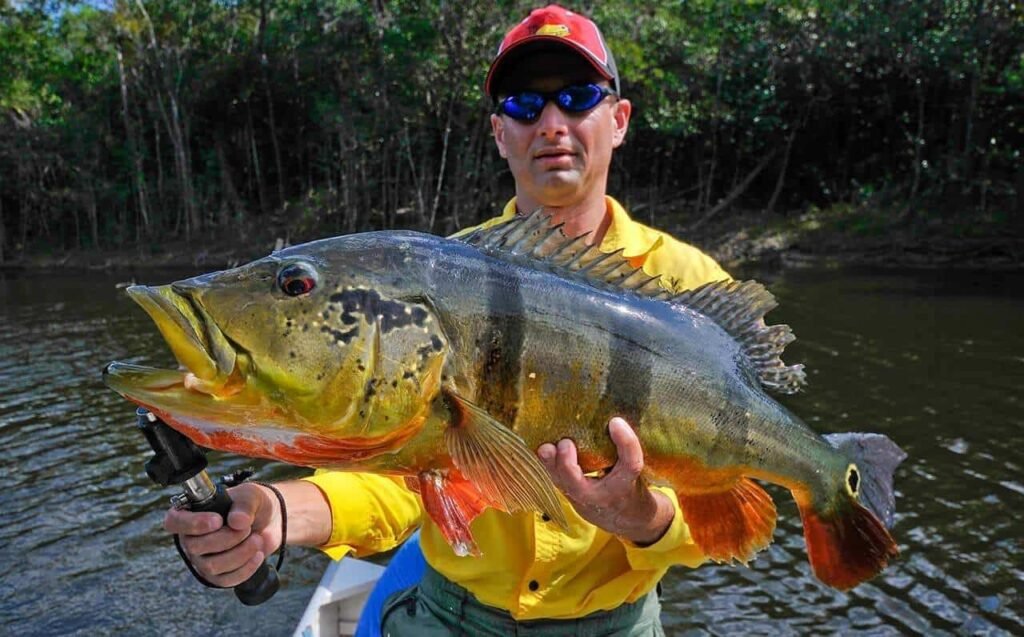
Restrictions Imposed by the Brazilian Government
During Piracema, the Brazilian government imposes strict restrictions on sport and commercial fishing in the Pantanal. These measures are designed to protect the fish during their reproductive cycle. They ensure that future generations have the same opportunities to thrive.
Importance of Regulations for the Local Economy
Although the fishing ban might seem detrimental to the local economy, it actually helps ensure the long-term sustainability of the fishing industry. By protecting fish resources during Piracema, it ensures that local communities can continue to benefit from fishing in the future.
How Piracema Affects Fishermen and Tourism
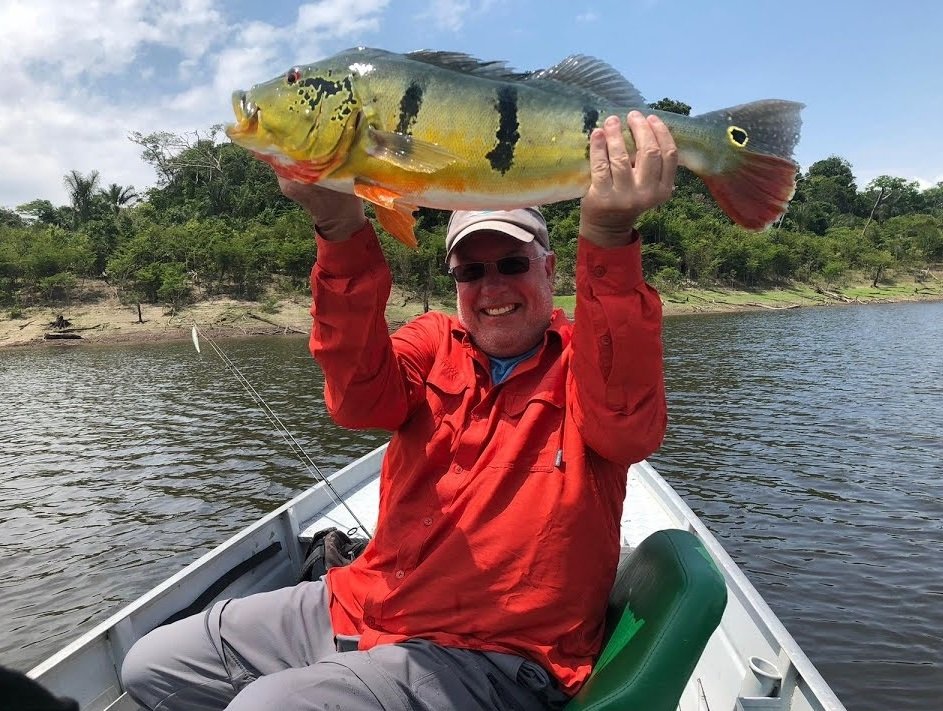
Adaptation of Local Fishermen
Local fishermen must adapt to the restrictions during Piracema, which often involves seeking alternative sources of income. Some fishermen participate in eco-tourism, guiding visitors on educational tours about the importance of Piracema and the Pantanal’s biodiversity.
Eco-Tourism Opportunities During Piracema
Piracema also presents unique opportunities for eco-tourism. Visitors can experience firsthand the phenomenon of fish migration and learn about the importance of conservation in one of the world’s most vital ecosystems. Many lodges in the Pantanal offer specialized tours to observe Piracema and explore the surrounding wildlife.
What Are the Main Species Involved in Piracema?
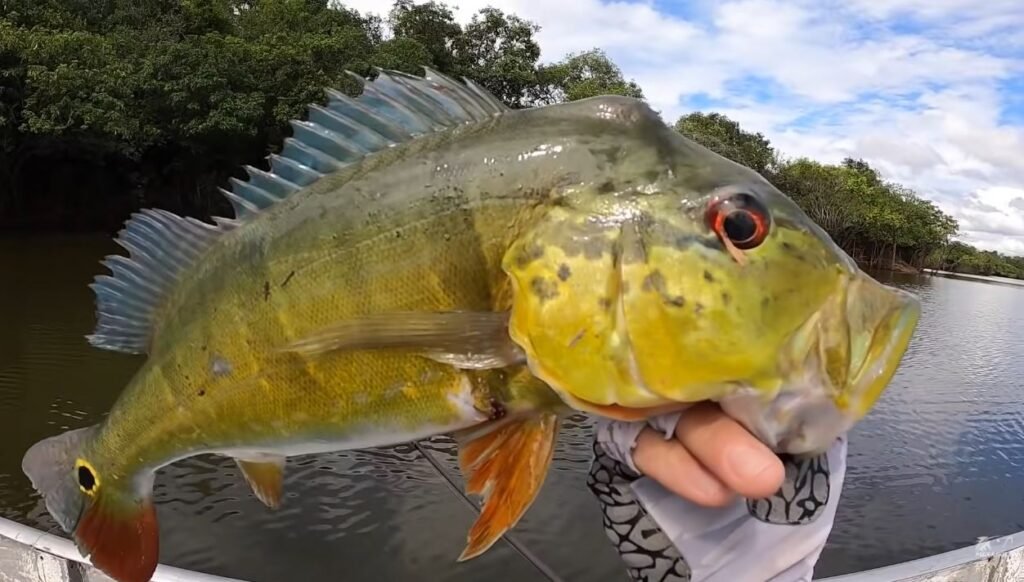
Economically and Ecologically Important Fish
Among the most prominent species in the Pantanal’s Piracema are dorado, peacock bass, pacu, and tambaqui. These fish have both ecological and economic value. They are important for local fisheries. The tambaqui, for example, is known for its role in dispersing aquatic plant seeds. This, in turn, affects the structure of the aquatic ecosystem.
Less Known but Vital Species
In addition to the more well-known species, there are many other less prominent ones that also participate in Piracema. These lesser-known species can be essential for the overall health of the ecosystem. They often fulfill specific roles such as water purification and nutrient recycling.
Tips for Visiting the Pantanal During Piracema

Planning Your Visit
If you plan to visit the Pantanal during Piracema, it is essential to plan ahead. Consult with local tour operators about the best dates and available activities. Make sure to adhere to all conservation regulations to minimize your impact on the environment.
Recommended Activities
In addition to observing Piracema, you can participate in other eco-friendly activities such as bird watching, photographic safaris, and boat tours. These activities will allow you to explore the aquatic biodiversity of the Pantanal.
Frequently Asked Questions about Piracema in the Pantanal
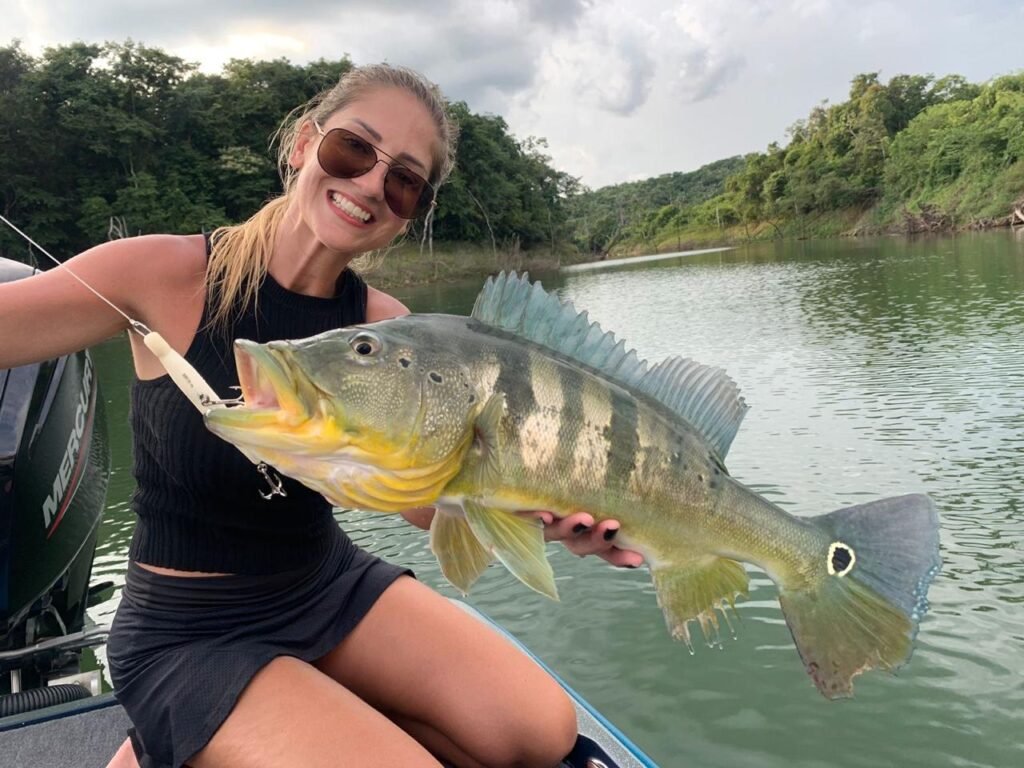
1. What is Piracema and why is it important?
Piracema is the period of reproductive migration of fish in the Pantanal. It is important because it allows many fish species to reproduce, ensuring the renewal of their populations and maintaining the ecological balance of the aquatic ecosystem.
2. When does Piracema occur in the Pantanal?
Piracema occurs annually from October 1 to February 1. During this time, sport and commercial fishing are prohibited to protect fish during their breeding phase.
3. Why is fishing prohibited during Piracema?
Fishing is prohibited during Piracema to protect the fish during their breeding period. This ensures that species have the opportunity to spawn and that fish populations remain healthy and sustainable.
4. How does Piracema affect local fishermen?
Piracema requires local fishermen to adapt since they cannot fish during this period. Many fishermen seek alternative income sources, such as eco-tourism. Guiding visitors on tours to learn about the Pantanal’s biodiversity is one of these alternatives.
5. What activities can be done in the Pantanal during Piracema?
During Piracema, visitors can engage in eco-tourism activities. You can observe fish migration, go bird watching, participate in photographic safaris, and take boat tours to explore the Pantanal’s biodiversity.
Piracema in the Pantanal is more than just a natural event; it is a crucial phenomenon that ensures the survival of many fish species and the overall health of the ecosystem. Understanding its importance and supporting conservation policies is essential for preserving this incredible natural resource for future generations. As visitors and nature enthusiasts, we have a responsibility to respect and protect the Pantanal. By doing so, we ensure that Piracema continues to play its vital role in Brazil’s ecology.
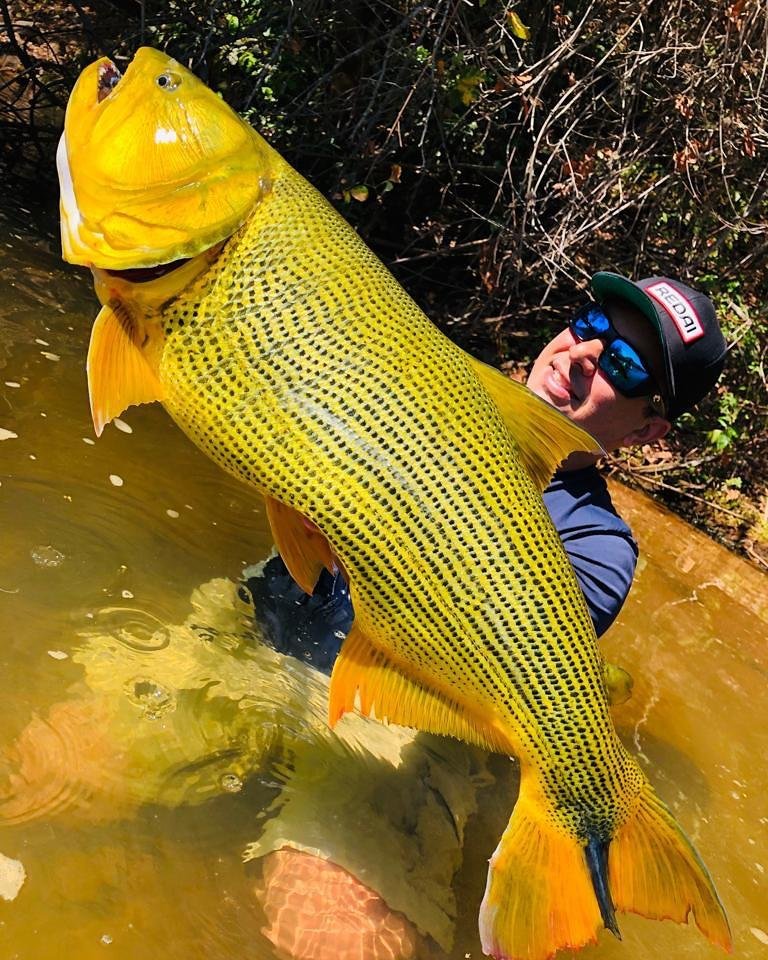
Book today and contact us to schedule your fishing adventure in the Pantanal. Enjoy the abundance of species such as dorado, peacock bass, pacu, and catfish outside of the Piracema season. Experience the thrill of sport fishing while contributing to the conservation of this unique ecosystem.




